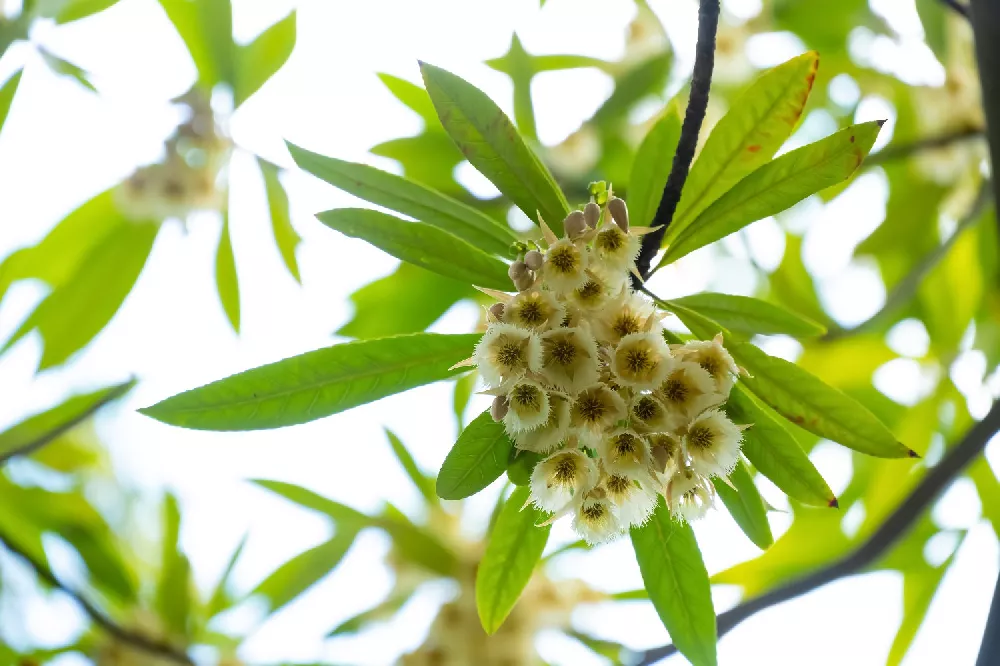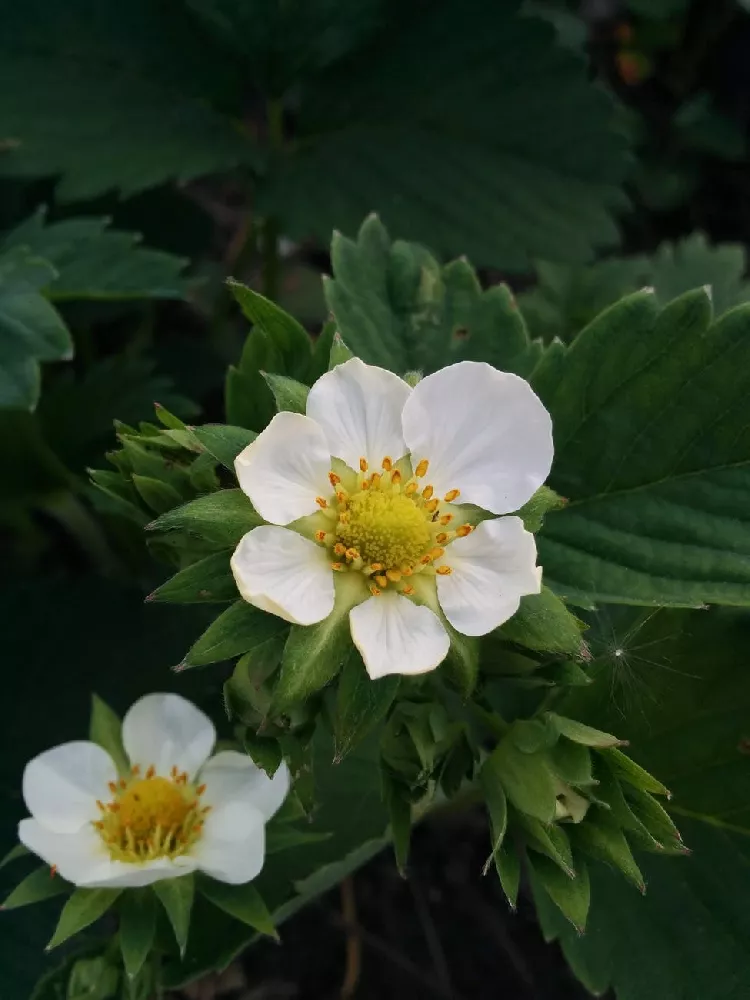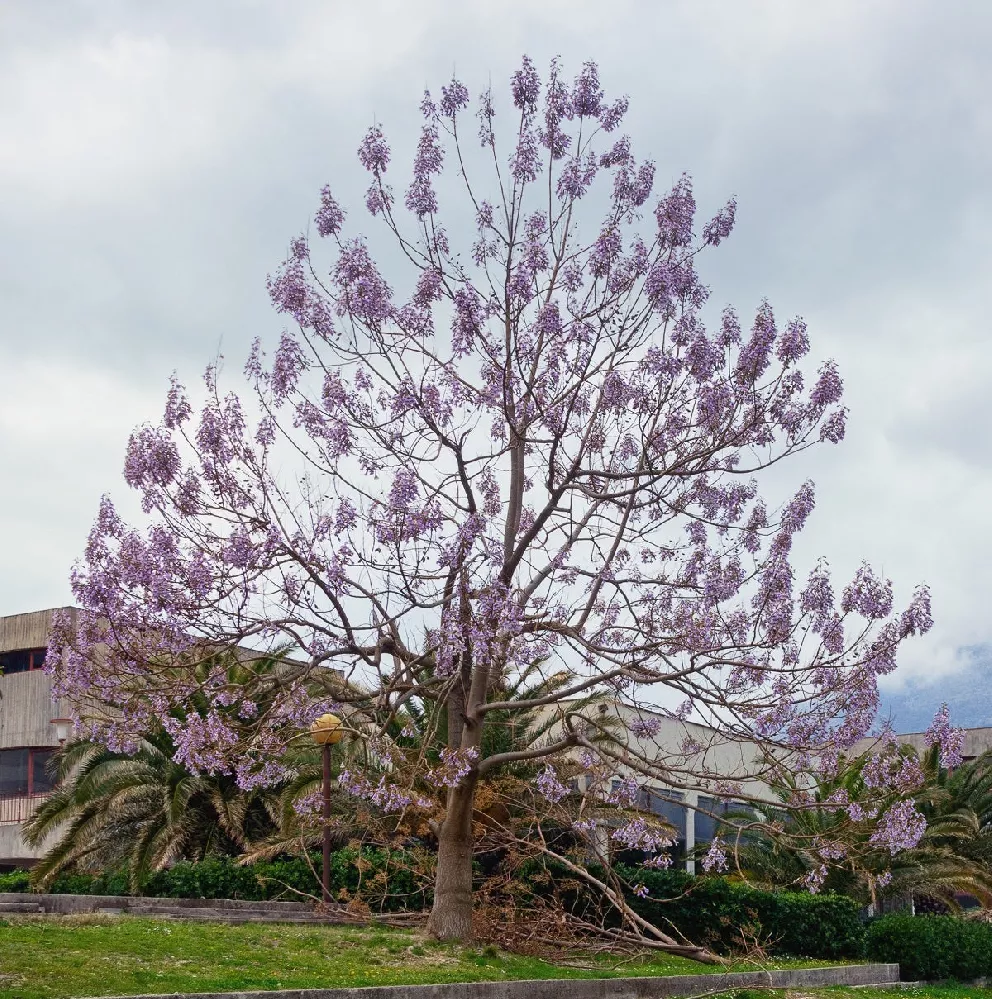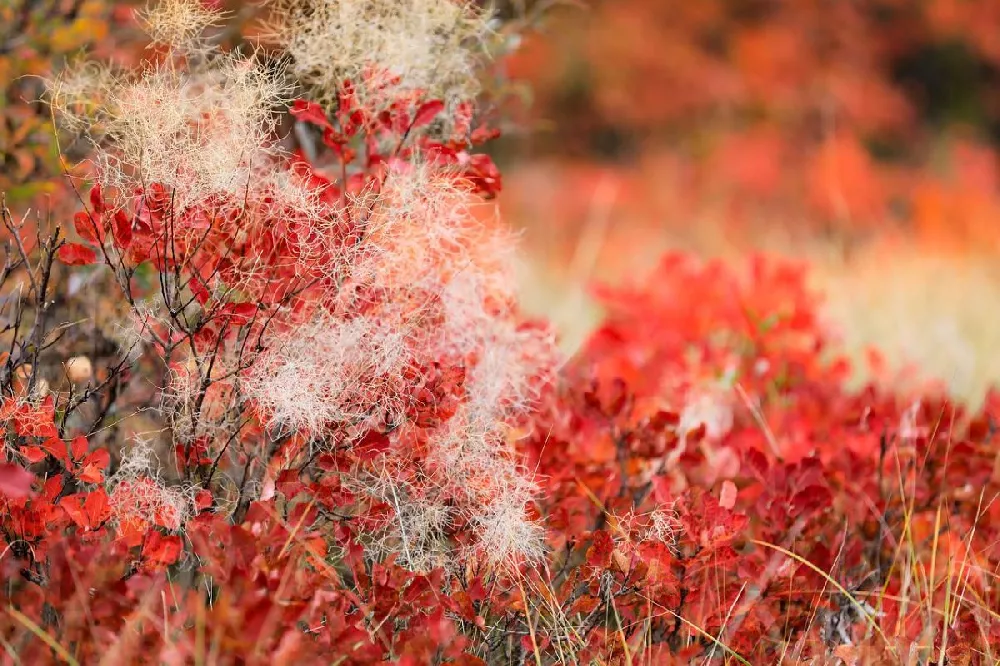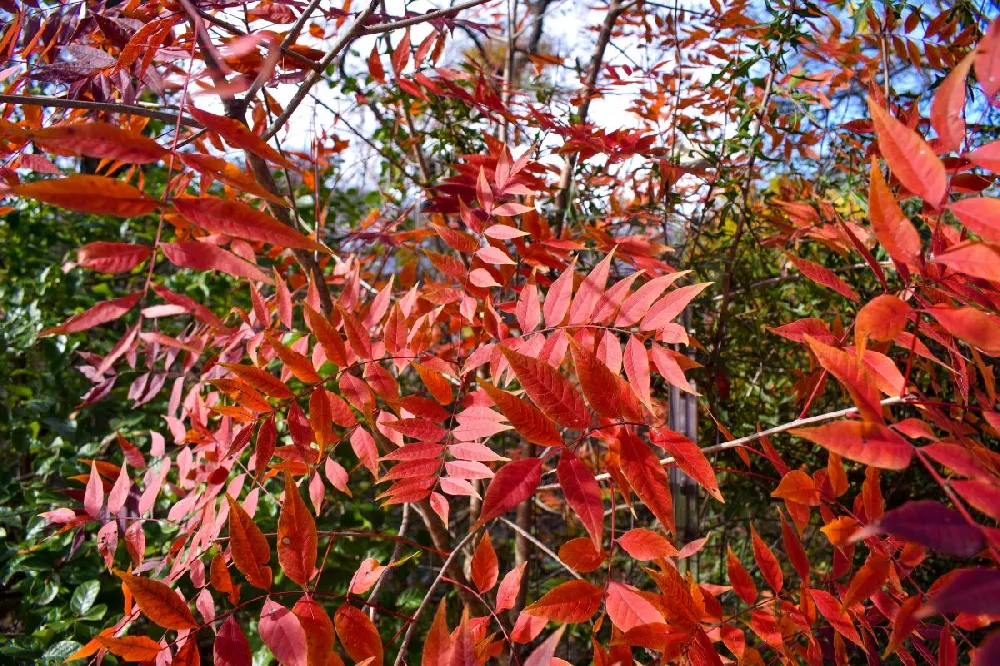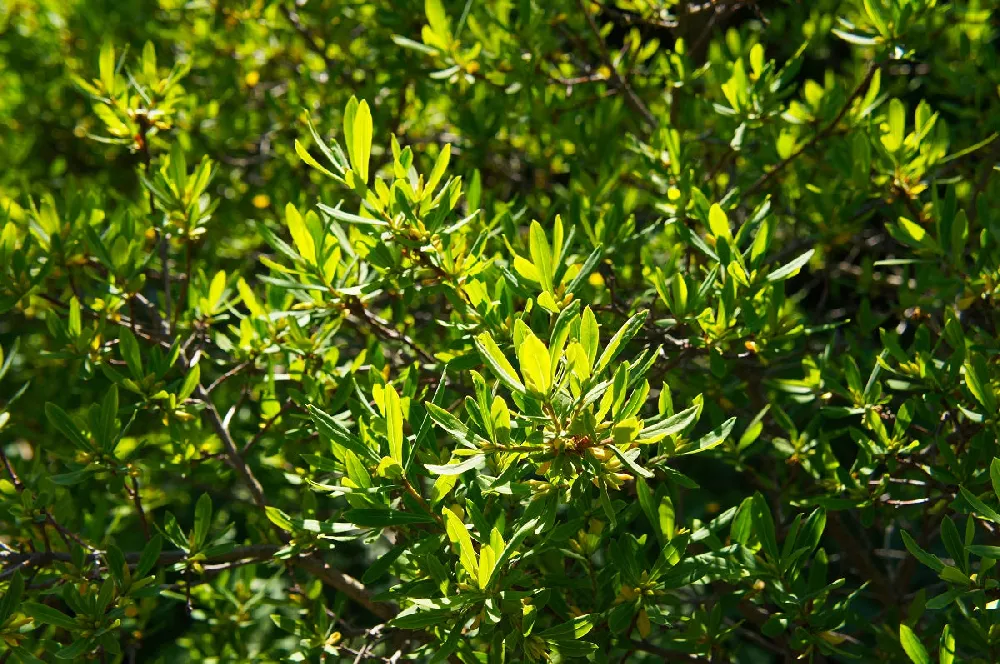- Home >
- Ornamental Trees >
- Japanese Blueberry Trees
Japanese Blueberry Trees for Sale
The Japanese blueberry tree, Elaeocarpus decipiens, is an attractive, stately evergreen well-suited for those in warmer climates. For gardeners in northern regions, it may be grown in containers and brought inside in the winter. The Japanese blueberry has attractive, glossy dark green leaves, and it takes well to pruning if you wish to shape it into a hedge. Flowers are delicately scented, and, although they are not edible by people, the berries are veritable bird magnets. Here are some other reasons to love the Japanese blueberry tree:
- Its mature height of up to 35 feet can be controlled with pruning.
- New spring foliage is light green edged in crimson, and leaves turn vivid red in fall.
- They are versatile landscape trees that can be used as a focal point, privacy screen, or anchor for a planted bed.
Enter your zip code to find nearby stores that may carry this plant.
Plant Care
Sunlight

Japanese blueberry trees like full sun — at least six hours of direct light a day.
Watering
Newly planted trees need regular water, but mature trees can manage with little supplemental watering.
Fertilizing

Fertilize regularly during the growing season with a balanced fertilizer designed for landscape trees.
Planting and Care
Planting instructions
Site your Japanese blueberry tree where the canopy will have room to reach its potential 30 feet in width, unless you plan on pruning it back. Dig a hole that’s twice as deep and wide as your sapling’s root ball. Unpot your tree and tease out any encircling roots. Add some topsoil mixed with well-rotted manure or compost back into the hole and place the tree in the hole so that the top of the root ball is at the soil grade.
Fill in around the root ball with a 50/50 mixture of topsoil and manure or compost, tamping down as you go to eliminate air pockets. When done, water the sapling thoroughly, but not so much that there is standing water around it. For the first season after planting, water every few days to keep soil moist but not saturated. Mulching around the roots with an organic product, such as bark chips, can help conserve moisture.
Watering and nutrients
For the first few years after planting, water your Japanese blueberry tree regularly, so that the soil is moist one inch below the surface. After that, you can taper off unless you’re experiencing drought conditions. Once the plant’s deep root system has developed adequately, it will be able to source water from below the surface.
Fertilize your Japanese blueberry tree in spring and summer with a general-purpose fertilizer formulated for landscape plantings. Taper off during winter months, when growth is slower.
Pollination
Japanese blueberry trees have white- to cream-colored flowers that appear in spring and early summer. The flowers are small, with a fringed trumpet shape, and may hide under the branches. They are attractive to pollinators, especially bees and butterflies.
Pruning
Japanese blueberry trees take well to pruning, if you wish to shape your tree to fit a specific location. They are best shaped when young, and can be pruned to form a hedge, column, or more traditional single-trunk tree form. Prune out dead, diseased, or damaged limbs whenever you see them, as well as branches that are rubbing against one another. Prune for shaping in late winter or early spring, before spring growth has started.
Pests, diseases, and animals
The Japanese Blueberry is hardy and disease-resistant, with few natural enemies. Scale insects may appear in early summer, but they can be controlled with horticultural oil. The trees may also attract ants, but these won’t damage a healthy specimen.
The trees may be susceptible to sooty mold or other fungal diseases, which can be controlled with neem oil or a copper fungicide. If your tree is ailing, another consideration may be drought, especially when it is young. Lack of water may cause leaf loss, as these trees are not drought-tolerant.
Deer may browse the leaves of the Japanese blueberry tree as well. If there is deer pressure in your region, consider placing your tree inside a fenced area.
Achieving maximum results
Native to warmer regions of Asia, the Japanese blueberry tree does best in regions that see little frost and rarely go below 20 degrees Fahrenheit. If you are in zone 7 or below, the best way to appreciate this pretty tree is in a container. Although in the wild the Japanese blueberry can reach heights of 35 feet or more, judicious pruning can keep your tree small enough to thrive as a container-grown specimen. Keep it well-watered, giving it a drink whenever the soil seems dry. Prune annually to maintain the size and shape you want, using clean shears or pruners that have been disinfected first with rubbing alcohol. Cut back any branches that stick out beyond your desired shape, as well as suckers that form around the base of the trunk.
FAQs
Are Japanese blueberries edible?
No — they are ornamental, and should not be eaten by people. Birds and small mammals enjoy the berries, but if you are looking for an edible harvest, this is not the tree for you. The berries are not toxic to dogs and cats, but your companion animals should be discouraged from eating any part of the tree, as they may cause indigestion.
Is the Japanese blueberry tree messy?
It's probably best to avoid planting Japanese Blueberry right next to a driveway or path, as the berries can cause messy conditions when they fall. Although they are considered an evergreen, you may also get some leaf drop at the end of summer that will need to be raked up.
Is the Japanese blueberry tree a fast grower?
Japanese blueberry trees are considered slow to moderate growers. Newly planted trees may grow as much as a few feet a year, after which growth will slow substantially. They are also slow to establish when first planted, taking one to three years for the roots to reach sufficient depth that they no longer need supplemental watering.
Compare Similar Products
You can't add more Product Name - Product size to the cart.
OK